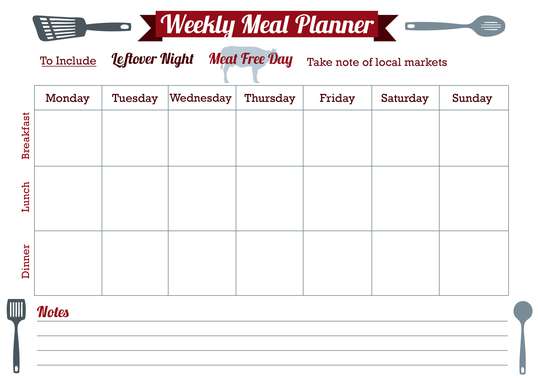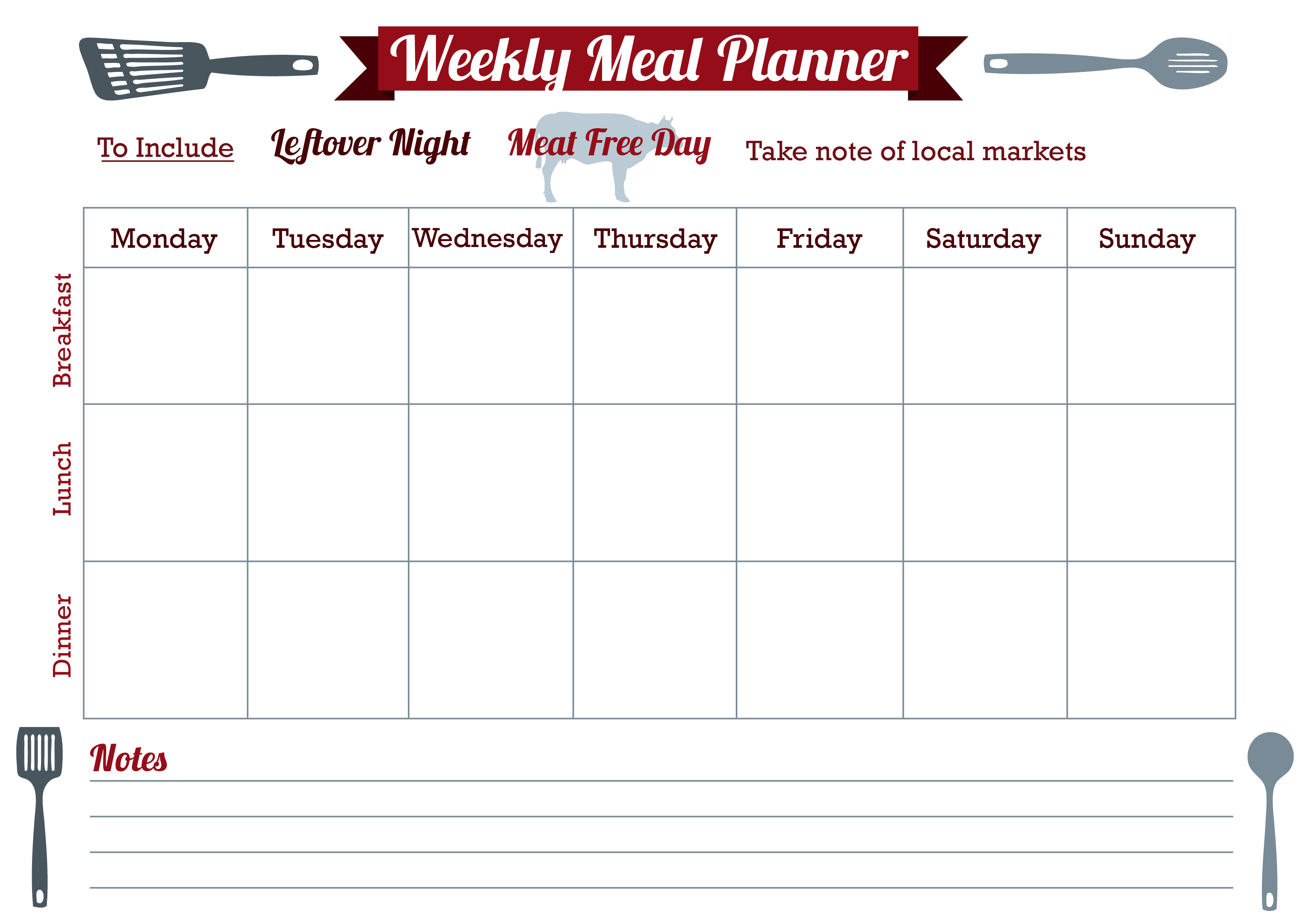Your Daily Bread
by JennaLee
This work has not been commented by curators.
Title
Your Daily Bread
Headline
What does a loaf of bread really cost?
Concept author(s)
Jenna Lee
Concept author year(s) of birth
1992
Concept author(s) contribution
Research and concept development of campaign.
Concept author(s) Country
Australia
Designer(s)
Jenna Lee
Designer(s) year(s) of birth
1992
Designer(s) contribution
Design of the work
Designer(s) Country
Australia
Friendly Competition
Competition category
Visual communication practice
Competition subcategory
static
Competition field
academic
Competition subfield
student
Subfield description
Griffith University, Queensland College of Art
Check out the Food Democracy 2013 outlines of Memefest Friendly competition.
Description of idea
Describe your idea and concept of your work in relation to the festival outlines:
After doing research I have concluded that first world countries no longer respect food, we take it for granted and no one stops to think about the cost of food and the food production process.
First world countries aren’t thankful for the food they have and are unaware about harmful farming and production processes of the food they eat.
When I first began work on the 2013 Food Democracy theme it shocked me, I didn’t know any of it was happening (apart from third world starvation). It has forced me to think about the current food production process.
This is what I want to do to the public, provide them with the information about the problems then give them a place to go to find out more and take steps to making changed in their own lives.
I believe the first step to initiating change is to make people think, only when their frame of mind is changed will they want to make a difference.
With this in mind I choose to create an info graphic that would appear on the internet. Creating an info graphic wasnt enough, people dont respond to having facts thrown in their face. People do however respond to stories, being taken on a journey they can directly relate to. My story will follow a loaf of bread and the journey it undertakes to get to us, and all the costs involved in this process.
Want people to be reading through it going ‘oh yer I do that’ “oh yer I can change that, thats easy’.
What kind of communication approach do you use?
I have decided to create a work that can be spread virally on the internet. A number of viral info graphics already exist. I want to play to the growing Hive Mind mentality that is on the internet where all it takes is a few people to see this and share it and it will create a buzz. I want it to end up in places that everyday people are, this would include popular media such as Facebook and Pinterest but also have the ability to be shared and promoted by like minded causes.
What are in your opinion concrete benefits to the society because of your communication?
I want people to have the gut wrenching realisation that modern food practices aren't working, I want them to feel what I feel now that I know all that I do. This is the foundation of my work.
I believe that the way I have structured the information that I have made it very relatable and simple for people to make small changes that are the building blocks for bigger actions.
I am step one, everyone needs a place to start and I wanted to make that as easy as possible to 'get the ball rolling'.
What did you personally learn from creating your submitted work?
I went through a number of stages and emotions creating my work. At first I was overwhelmed by the scale of the issue and felt very lost as to were to start. Once research began I was quickly filled with hope that there are people already out there fighting for food justice.
I believe I am in the beginning stages of making changes to my food consumption, taking my own advice that I put forward in my work. I already have a number of steps planned out, but one at a time, which is what I want the public to do.
Why is your work, GOOD communication WORK?
It is Good in two ways.
Superficially, it looks good and has a flow to it.
But more important than that it that it will work to create the first feeling for change, the idea that there is something wrong. From there the small changes made will continue to grow, creating sustainable action. The viewer wont get burnt out quickly (like in KONY 2012). .
Where and how do you intent do implement your work?
I will begin with Facebook Pinterest and Twitter, out of all social media these have the highest success for campaigns like this. I have the intention of emailing it to causes that have aligned values and suggest that they can send it on or promote it as they wish. There would also be a url that people could go to where there is the info graphic that contains links to existing organisations where people can continue action.
Did your intervention had an effect on other Media. If yes, describe the effect? (Has other media reported on it- how? Were you able to change other media with your work- how?)
Not as of yet.








